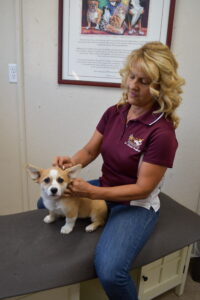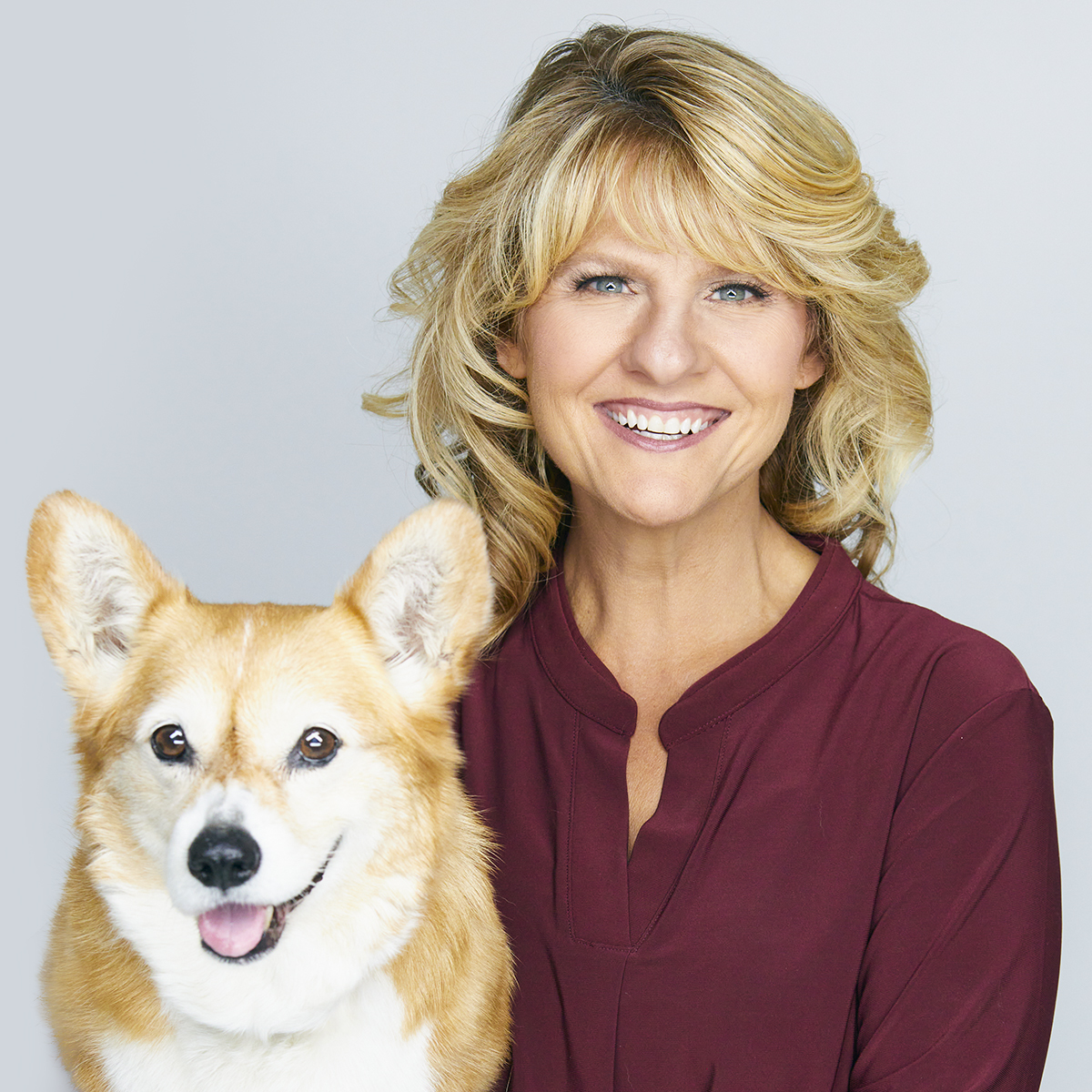Just like human athletes, horses need to be conditioned properly to perform at their peak level. In the beginning of the season, or after a long time not working, horses should be worked lightly and consistently (about 60 days) to build up their muscles, strength, and endurance. During this “legging up” period, the horses should do a variety of stretching and strength training exercises to properly develop strong muscles, tendons, and ligaments and protect their joints.
Knowing what is normal for your horse’s movement, behavior, or body structure will aid in catching a small issue before it turns larger. Early signs of pain or soreness may start with acting grumpy or unwilling to work. There may be an abnormal swelling, heat or painful area over the body, neck, or legs. They may start refusing to be caught, grumpy when being saddled or stiff going one direction versus another.
One option for owners when their horse becomes lame may include giving the horse a few days to rest in a stall or small paddock. If an area on the body is swollen or has heat, it may respond to cold water therapy by using a hose, or doing topical liniments or poultice. Sometimes a horse will benefit from a few days of anti-inflammatory medication, such as Bute or Banamine. These medications are similar to humans taking aspirin or Tylenol for minor pain.
When the lameness is severe it is time to call the vet. Severe lameness causes the horse to show major signs of pain, such as short striding on a limb, or bobbing its head. Or if a minor lameness persists for a long time and does not get better with a rest period. Sometimes lameness can be so severe that it may end the career of a show horse, especially if that horse is being judged on its movement. Luckily there are good diagnostics and good therapies that have developed in the past few decades that can help many horses recover from injuries.
A horse in poor body condition, or has poor conformation (body structure) can be more prone to lameness. Their body is not in shape to handle the work load or the poor conformation will put more stress on joints, tendons or ligaments. A horse’s job can cause lameness in certain areas. Jumping horses can be prone to soreness in their back or hind limbs from the power that it takes to jump. These horses can also be prone to front end soreness from landing on their front legs. Reining, barrel, and cow horses can get sore in multiple areas due to the quick turns, acceleration, and stopping fast. Dressage and Western Pleasure horses can be sore in multiple areas from the strength that it takes to do the collected movement for a long time period. Race horses can get sore in the front feet and fetlocks or knees from extended high speed and poor track conditions.
Good wellness care is the best prevention of lameness. Good nutrition plays a role in proper development of strong muscles and good body condition. An exercise program to properly condition the horse so that it can stand up to the physical demands of the discipline you are asking the horse to perform is also very important. There are good joint supplements that can help the animal. Routine chiropractic care can help keep the body in alignment and may help prevent a major injury. Joint injections are useful for inflamed and sore joints.
Lameness is a part of owning a horse. Knowing what is normal and that there are good tools available help our horses perform longer and give us peace of mind.




